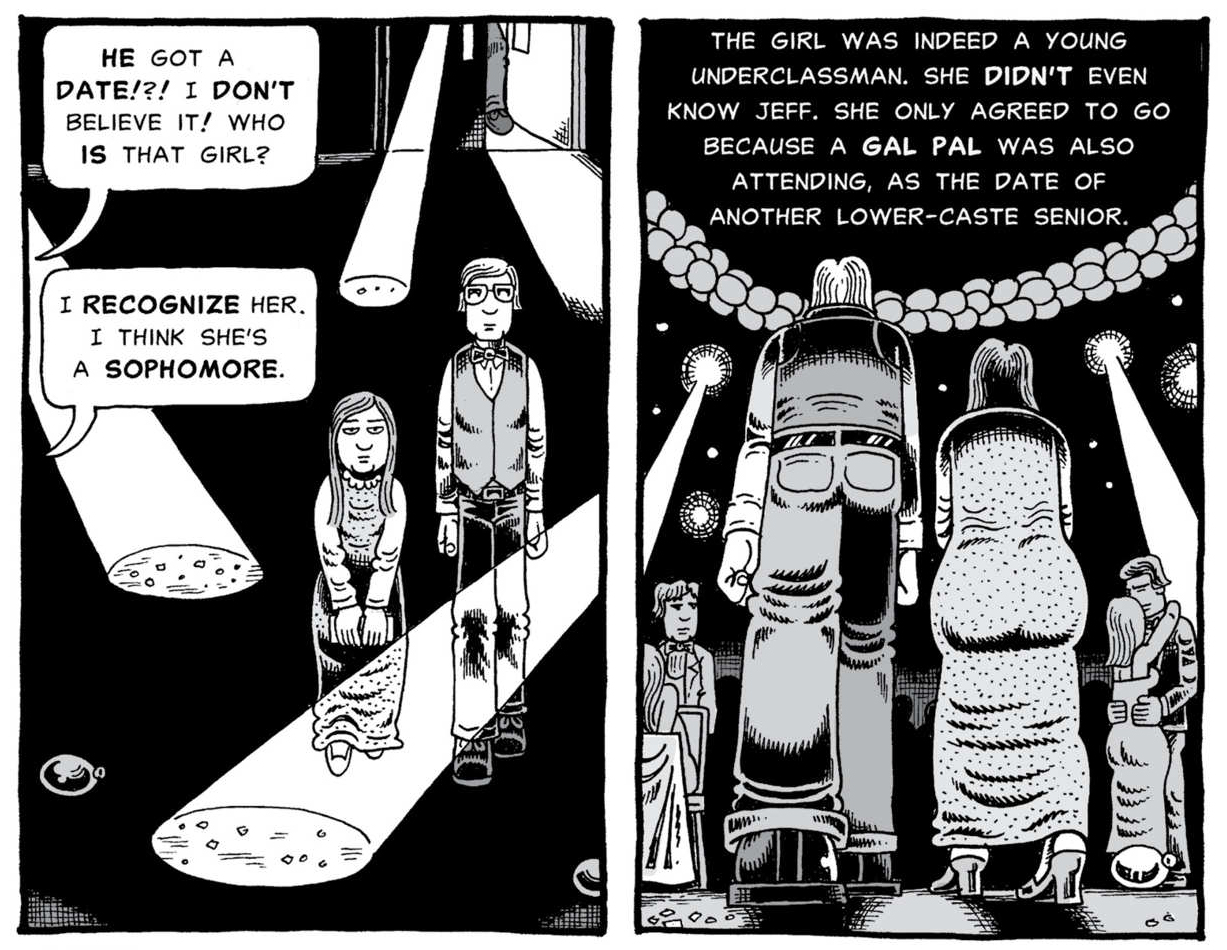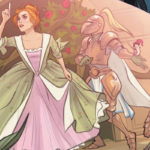Writer: Derf Backderf
Artist: John Backderf
Colorist: Derf Backderf
Letterer: John Backderf
Cover Artist: Derf Backderf
Editor: Charles Kochman
Designer: Neil Egan
Publisher: Abrams ComicArts
Consider, if you will, the possibility of being friends for a while with someone who goes on to be famous. This fame may be the good kind, where your friend ends up winning an Academy Award, or the extremely bad kind that involves newspapers describing murder victims. John Backderf had the dubious luck of knowing what the latter scenario was like in 1991 when America was introduced to the real-life horror that was Jeffrey Lionel Dahmer.
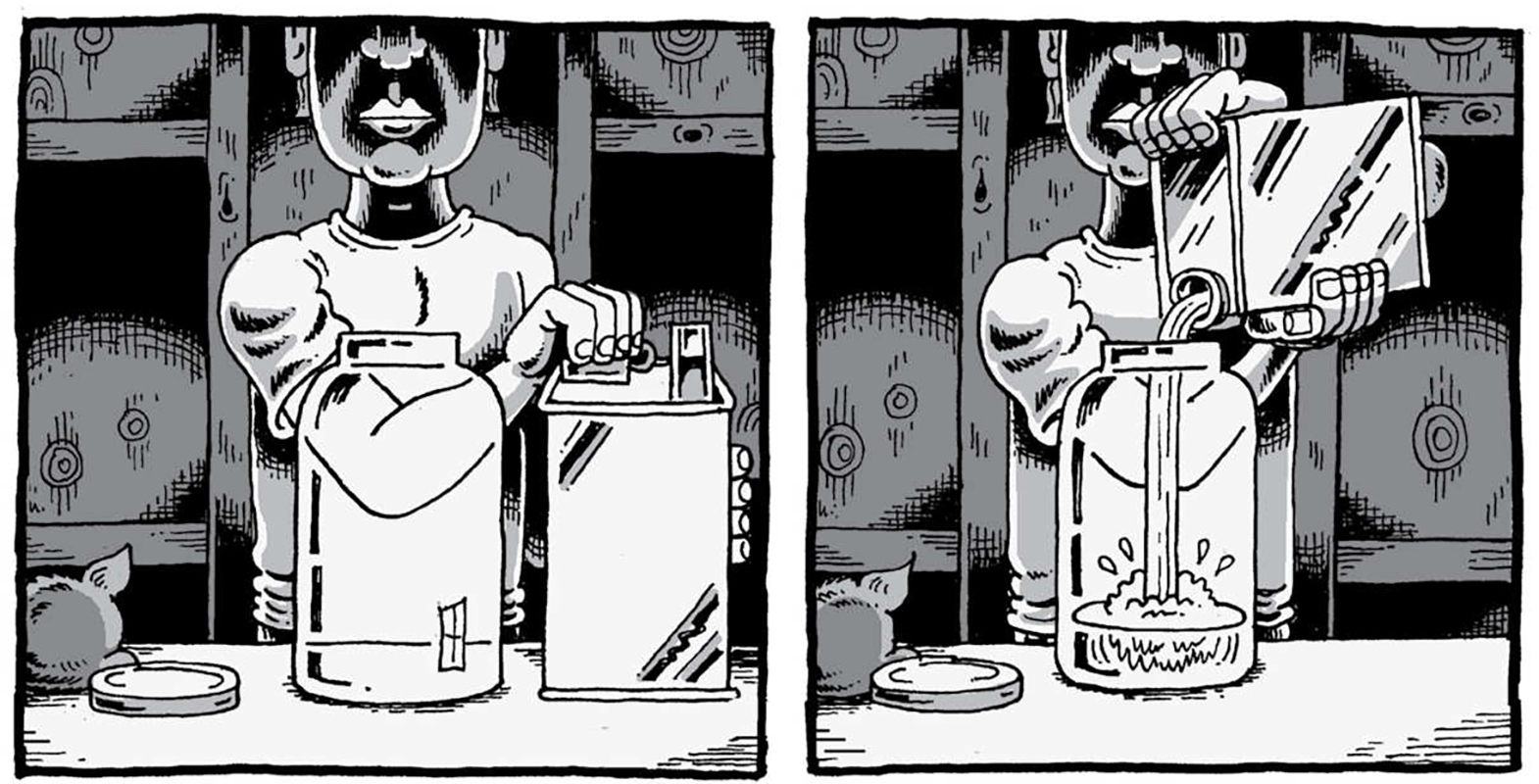
They called him the Milwaukee Monster, based on accusations that he raped, murdered, and dismembered 17 men and boys between 1978 and 1991. Dahmer’s photograph was plastered everywhere, and Backderf (who publishes under the name Derf Backderf) suddenly came to terms with the fact that he was once classmates with one of the most infamous serial killers in modern history. As a cartoonist who also happened to work in a newsroom, he realized he could bring the intuition of a journalist and the skill of an artist to a story he alone could tell. The result, in 2002, was a 24-page self-published comic titled My Friend Dahmer.
A decade later came a revised edition with 200 more pages, inspiring an acclaimed film and winning Backderf an Angoulême Award in the process.
This could easily have been a lurid tale awash in bright colors and obsessed with the seamier aspects of Dahmer’s story. After all, serial killers have inspired thriller, pulp, and horror writers since Jack the Ripper deigned to show up. What Backderf chose to do, however, is turn down the more sensationalist approach he first adopted and replace it with a measured story that helps us understand Dahmer and why he went down the dark path that everyone assumed was of his own making.
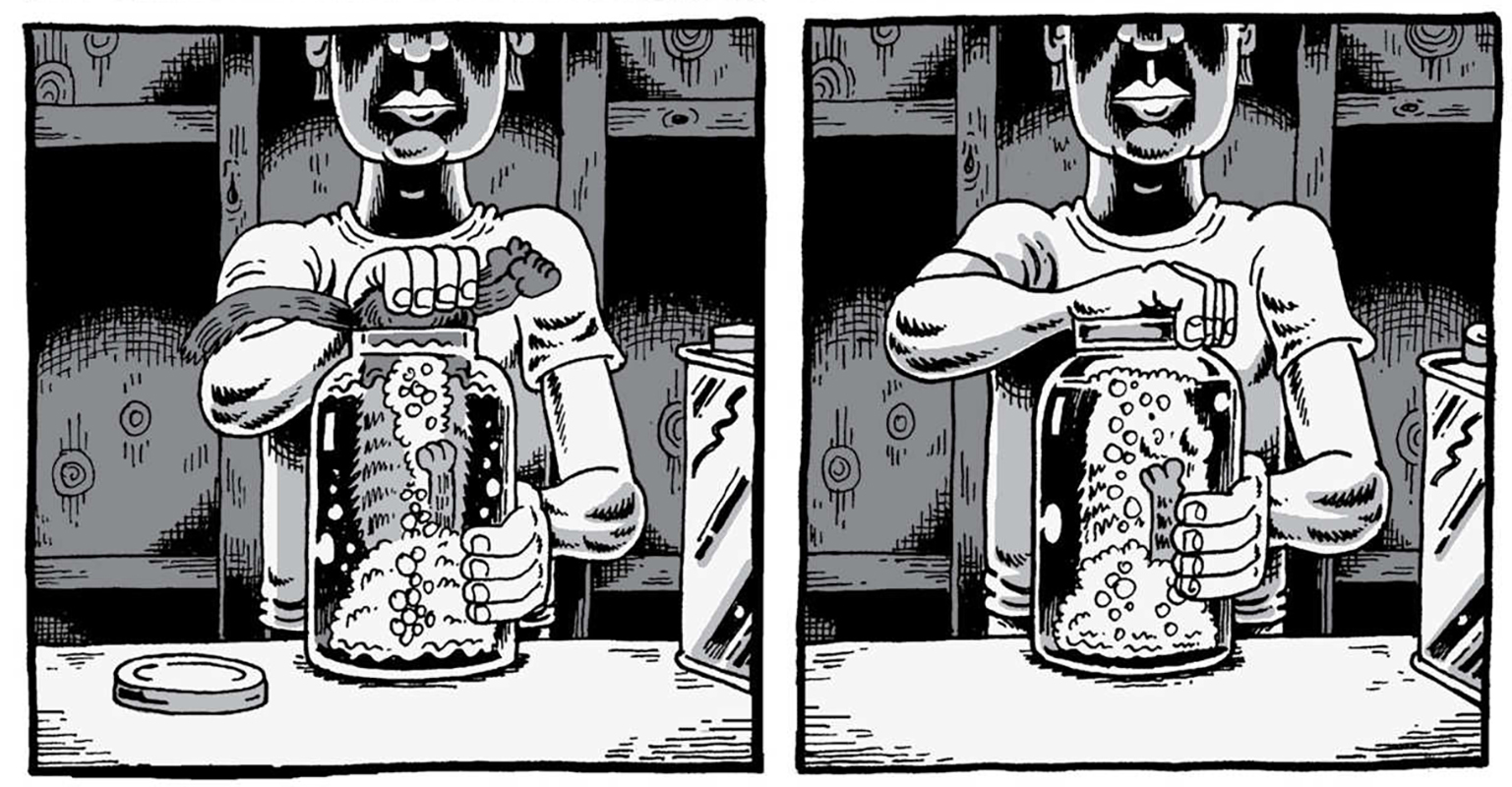
Backderf acts as an impartial observer, chronicling Dahmer’s early years, sharing insights on his family life that, in hindsight, played a significant role in how he behaved as a young adult. This isn’t an attempt to humanize a person he categorically calls a monster, but it reveals circumstances that were glossed over in the rush to focus on the murders. Backderf also eschews color, which doesn’t make some of the images less shocking, but it allows readers to register disbelief not at Dahmer’s actions but how the signs were visible to anyone who cared to look. We come to realize that the tragedy is no one cared to look.
My Friend Dahmer follows the protagonist from age 12 at Eastview Junior High through his time at Revere High School, encompassing the early bullying he experienced, the failures of his parents, acceptance by his peers for all the wrong reasons, his casual approach to violence, the increasing isolation that pushed him to alcoholism, and final unraveling that led to a point of no return. Backderf assumes the reader knows Dahmer’s story — a fair assumption given how he continued to attract attention for years after his capture and eventual murder in 1994 — and allows that knowledge to inform his personal history with his former classmate.
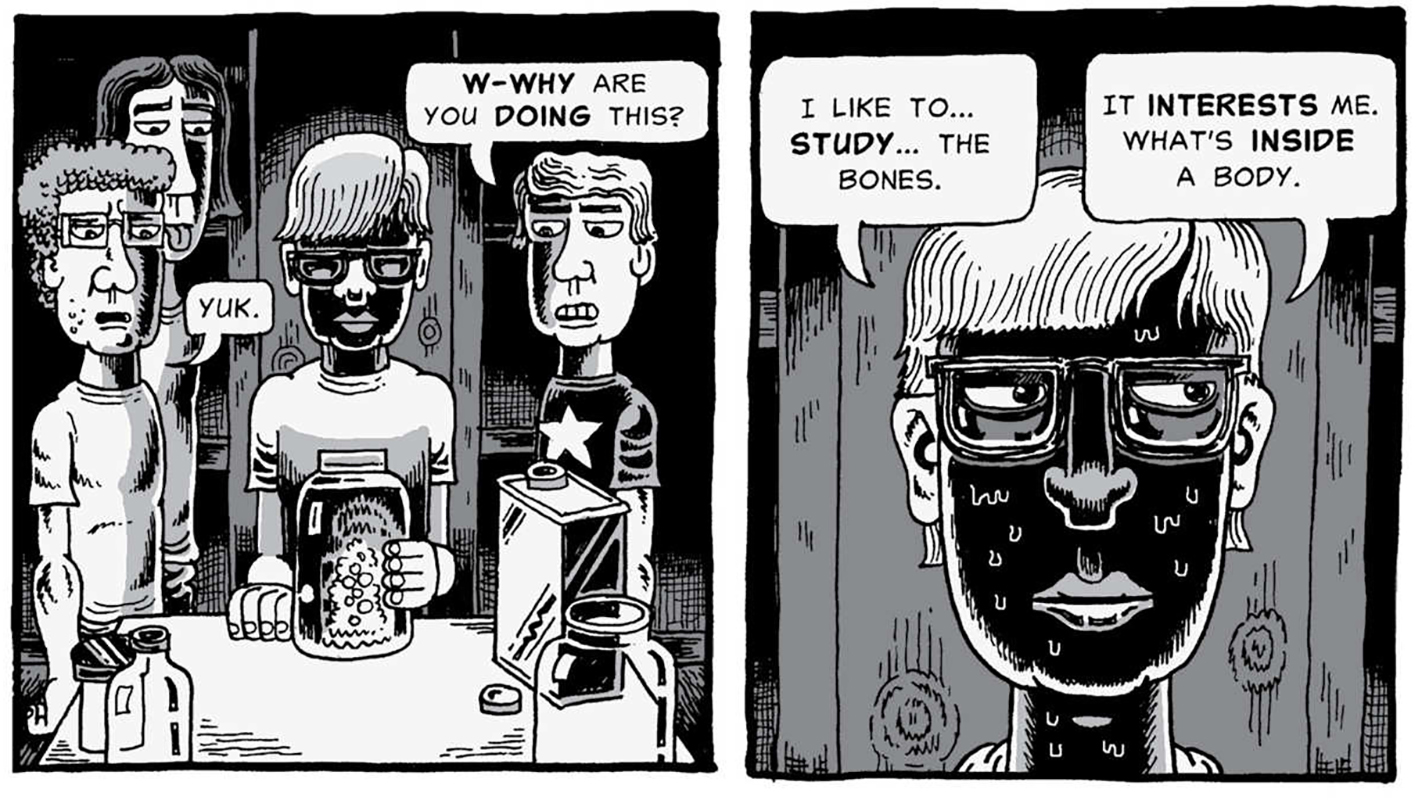
There is undoubted value in a biography such as this, not only because of its unique perspective of a reviled figure but also for lessons implicit in the narrative. Could someone like Dahmer be born again, in our time of enlightened parenting and a more accepting society? Of course. Backderf shows us what it took to get to this point, though, and why so much of what we blamed Dahmer for could have been avoided. He leaves his readers with a warning: “Pity him, but don’t empathize with him.” It is one worth paying attention to.
